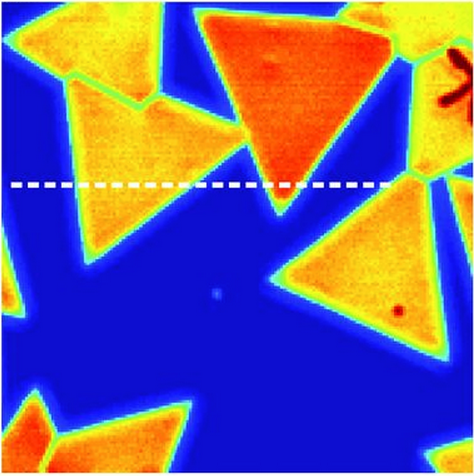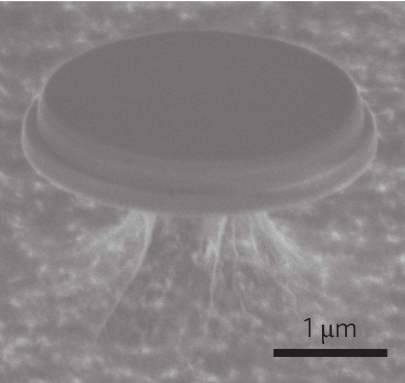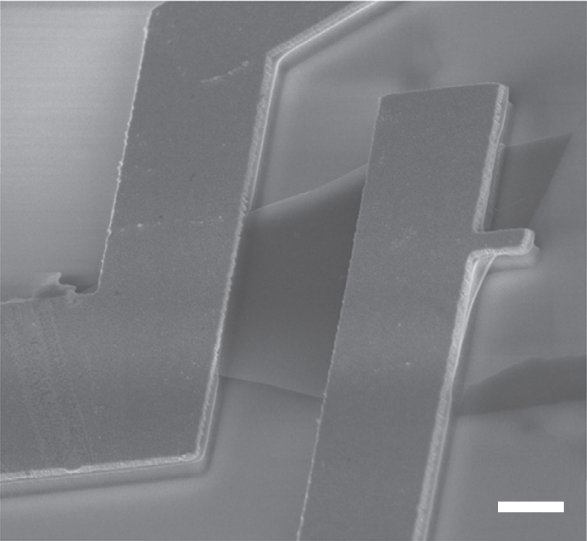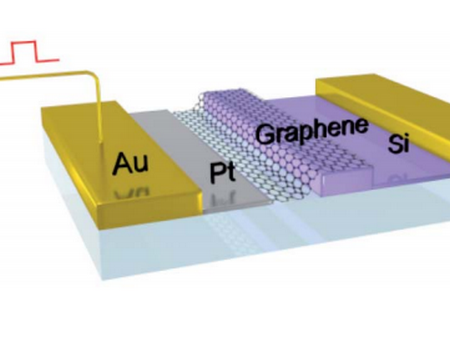We are interested in the emerging properties of two-dimensional materials such as graphene and transition metal dichalcogenides (TMDCs). When these crystals are thinned down to the single-layer, unique properties emerge, generating significant research interest. Our group has been interested in both the fundamental physics that emerges from these materials, as well as engineering devices for future technologies.
Emerging Physical Properties
Due to the nature of these atomically thin crystals, they exhibit strong interactions with light. As the electronic structure of these materials changes with the thickness, optical methods provide a non-destructive and easy way to probe electronic structure and transitions in these materials. In TMDCs, these crystals are also host to strongly-bound excitons which have their own optical interactions. In addition, the TMDC single-layers lack inversion symmetry, making them have strong second-order nonlinearity.
In our group, we have used this strong second-order nonlinearity for second-harmonic generation (SHG). The SHG can be used to map out the grain boundaries in chemically-grown and randomly oriented MoS2 crystals. In addition, we have used the related nonlinear technique of two-photon luminescence to observe the presence of "dark" excitons. These dark excitons are ultimately able to elucidate the excitonic binding energy in WS2, found to be greater than 500 meV.

Nature
2014
Exciton binding energy

Science
2014
Edge non-linearity
Device Applications
Two-dimensional materials present a unique opportunity to achieve truly atomically-thin devices. This has fundamental implications, especially with regards to electronics, due to the scaling of transistors, but also allows for the engineering and fabrication of many unique devices that take advantage of the emerging physics, or the ultimate thickness limit.
Our group has fabricated many types of devices, from optical modulators and lasers, to piezoelectrics and valleytronics. We also have experience with synthesis, as we chemically assembled transistors using all-2D materials.




